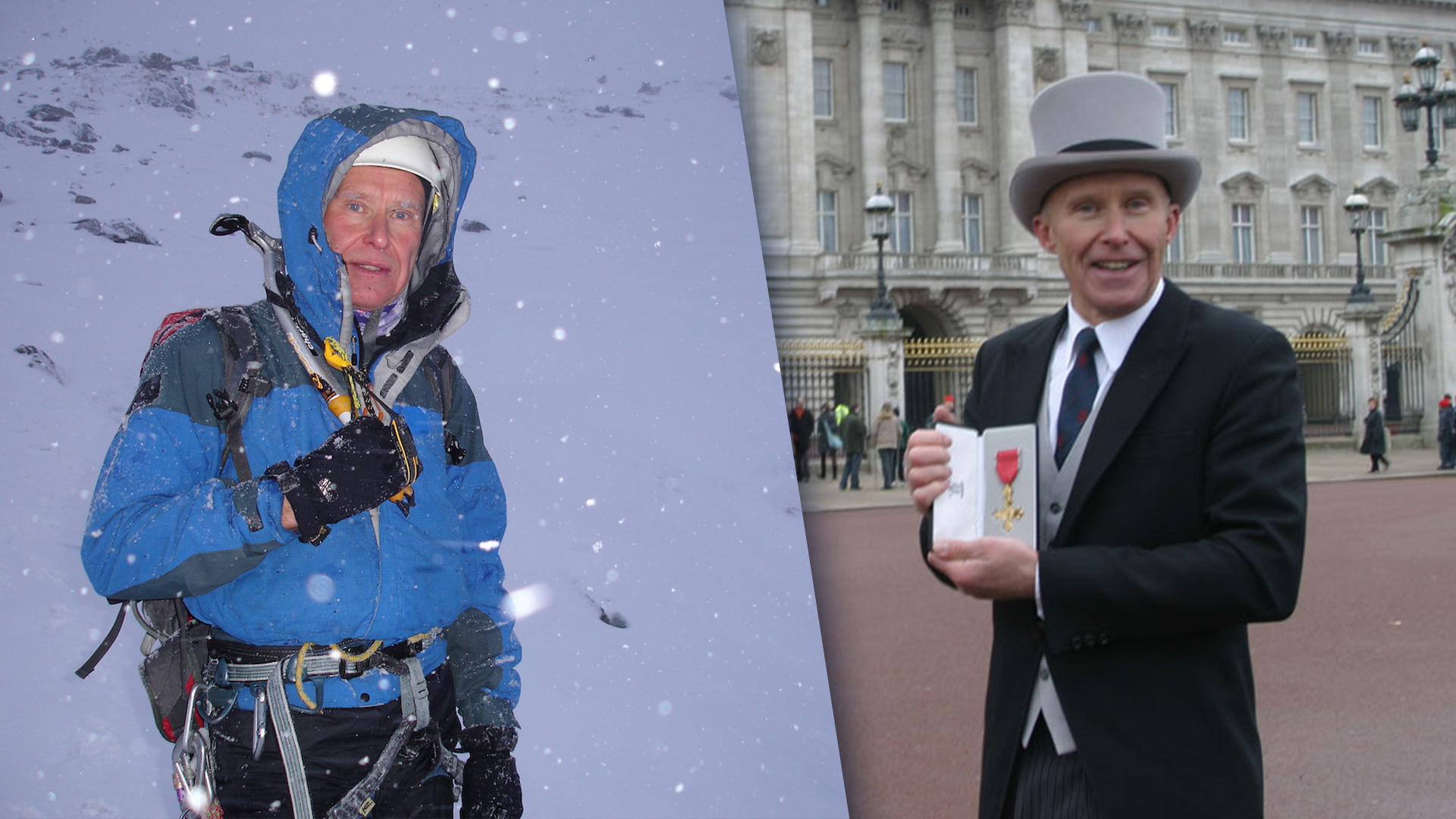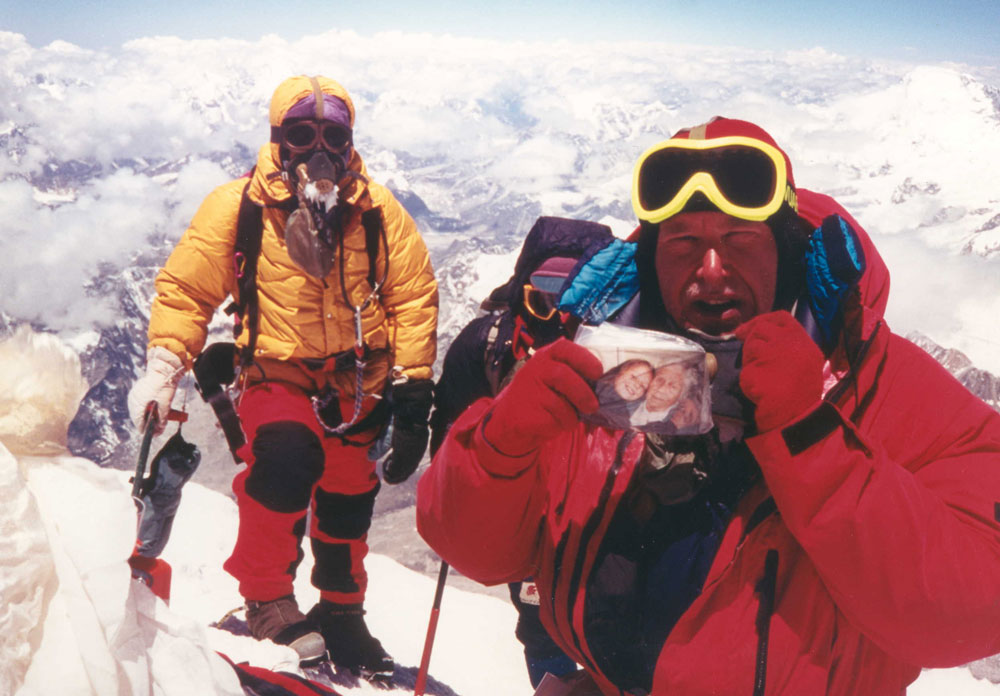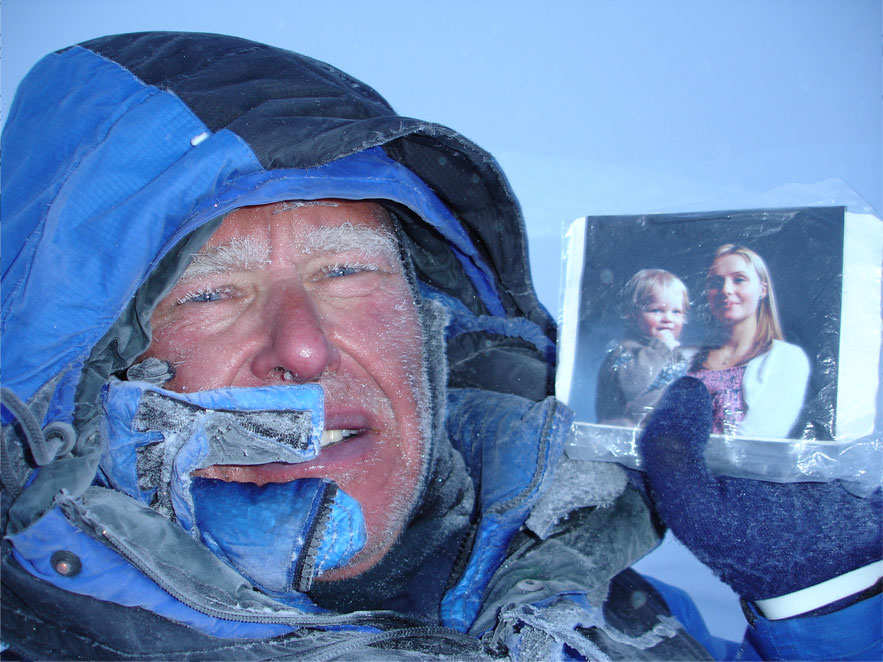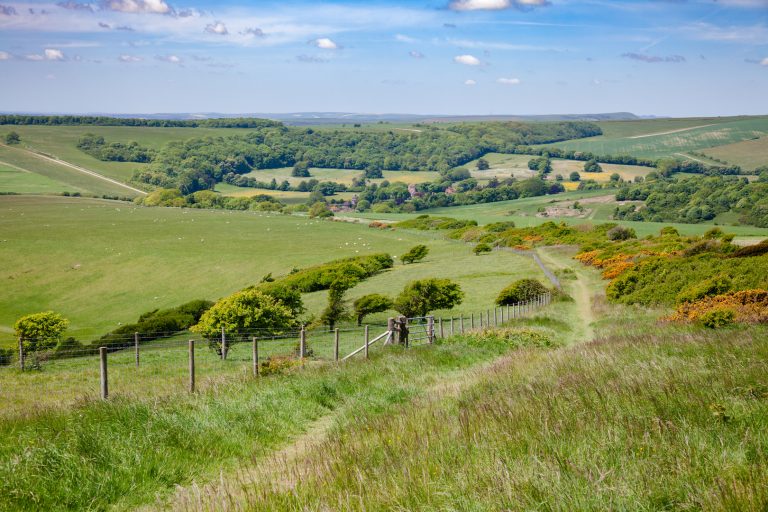Mountaineering is me. I am at peace in my comfort zone in the fells, hills and mountains. But I was not born in a mountainous region. My hometown and where I was brought up is Northallerton, a relatively flat area situated between the Yorkshire Dales and North Pennines to the west and the North York Moors to the east. As a child I was outside at every opportunity and have always been adventurous. With my mates we would wander the countryside building dens, climbing trees, wading becks and generally doing stuff that would be called bushcraft these days. Yet I always felt drawn to the hills. On family drives I would eagerly look at the fells and notice people on top of them, my mind would wonder what it was like and I wanted to be up there.
In my teens I got the chance to take up hillwalking and rock climbing with the outdoor activities club at Northallerton Grammar School. Some of my first trips, which were mini expeditions to me, were on the North York Moors. We would go to a small outdoor centre based at Danby Fryup, which is a secluded dale in the heart of the North York Moors. Great fun and experiential learning was had mastering map reading and navigation and surviving night exercises on the Moors in the often wild November weather. I loved every minute of it and knew from the first time that I went out that it was where I wanted to be – it was a kind of ‘calling’. It often seemed to be wet and windy, but that did not put me off and I quickly learned to cope with and enjoy inclement conditions.
The seed was well and truly sewn and quickly germinated into a passion eventually becoming a way of life for me.
Geography was my favourite subject, to this day I love maps and find them interesting and fascinating. I quickly became competent at map reading and finding my way in the hills. I would often go out alone in poor visibility to practice map, compass and navigation skills. I revelled in the challenge and inclement weather and was developing an innate resilience and determination which went on to serve me well.
Related: Alan Hinkes On… Hillwalking in the Falkland Islands
Sometimes, just for fun, I would go out for a survival experience and spend a night in a bivi bag – a heavy duty plastic bag about the size of a sleeping bag. I would learn about exhaustion, exposure and hypothermia, how to keep myself warm, dry, comfortable and alive. Sometimes I might have an uncomfortable wet night and I might be shivering and anticipating the dawn, but I learnt that as long as you can protect yourself from the wind chill you can survive.






